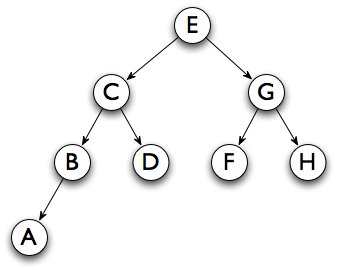The ACM's Code of Ethics states in section 1.5: Honor property rights including copyrights and patent
- Skim the Code of Ethics, but read 1.5 more closely.
- Write an essay (single-spaced, 12 pt, at most one page)
in which you:
- State this ethical obligation and how it applies to your profession (as a student, software developer, or engineer) in general.
- Give three or more specific examples of professional activities where the ethical obligation applies. For each, explain how the obligation applies, especially why the activity is ethical or unethical according to this ethical obligation.
If you prefer, you may select another section of the ACM Code of Ethics as the basis for your essay. If you do this, be sure to indicate which section you chose to elaborate.
Grading: If no sys argument, -3. If argument only includes 1 reason why ethical/unethical, -1. If only give 2 examples, -1. If only give 1 example, -3. If examples not developed, -2.
- Submit your essay to the Code of Ethics drop box.
You will submit the following to the WA3 dropbox:
(10 points) It is useful to have a unique representation
of binary trees that can be written compactly. For simplicity, we
assume that each node of the tree will contain one
Character. We represent a tree by a pair of strings, which
I call chars and children.
The chars is a pre-order
listing of the contents of the nodes. The children
string tells about the children of the
corresponding node from chars as follows:
| 2 | The node has two children. |
| 0 | The node has no children. |
| L | The node only has a left child. |
| R | The node only has a right child. |
For example:
chars = "+a*-bcd"; children = "2022000";
represents the tree in Weiss Figure 18.11 (a)
chars = "7215349"; children = "220LR00";
represents the tree in Weiss Figure 19.4 (a).
-
What are the values of
charsandchildrenfor the tree below?
-
For a different tree we have:
chars = "THEQUICKBROWN";
children = "2R220002R0RL0";Show the order of the nodes in an in-order traversal of the tree.
(10 points)
THEQUICKLAZYFOX is the
pre-order traversal of a tree (one character per node).
QIUCEHLAZKFYTXO is the
in-order traversal of the same tree.
What is the order of the nodes in the level-order traversal of this tree?
java.util.Map
to complete this problem.